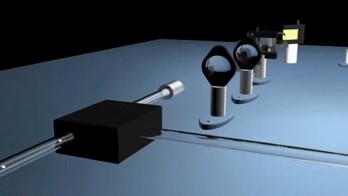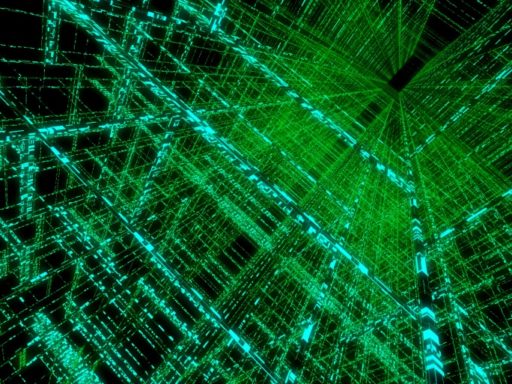A team of UCLA (University of California, Los Angeles) engineers have developed a camera that can take photos at 36.7 million frames per second, with a shutter speed of 27 picoseconds. The team is led by associate professor Bahram Jalali and Dino Di Carlo and the researchers have claimed that the camera is the world’s fastest and most sensitive. This camera integrated with a microscope can screen 100,000 cells per second, the fastest in the world so far. It can be used to detect rare cells from “a large population of assorted cells”. It is expected that the camera will increase the ability to diagnose early-stage and pre-metastatic cancer.
The screening machine or high-throughput flow-through optical microscope developed by the team uses photonic time-stretch camera technology that has the ability to detect rare cells like cancer cells in human body in real time. The blood cells are passed through a microfluidic system at four meters per second and the new blood-screening technology can screen 100,000 cells per second, which is at least 100 times higher than conventional imaging-based blood analyzer.
Conventional cameras use CCD or CMOS sensors, which can screen around 1,000 cells per second. Bahram Jalali said, “Conventional CCD and CMOS cameras are not fast and sensitive enough. It takes time to read the data from the array of pixels, and they become less sensitive to light at high speed.”
The research team has shown real-time detection of rare breast cancer cells in blood with a record low false-positive rate of one cell in a million. The preliminary results give a hint that this new technology has ability to quickly and effectively identify the rare tumor cells from a large volume of blood. The technology is also opening the way for statistically accurate early detection of cancer and for monitoring the efficiency of drug and radiation therapy.
Source: UCLA
[ttjad keyword=”dslr-camera”]



